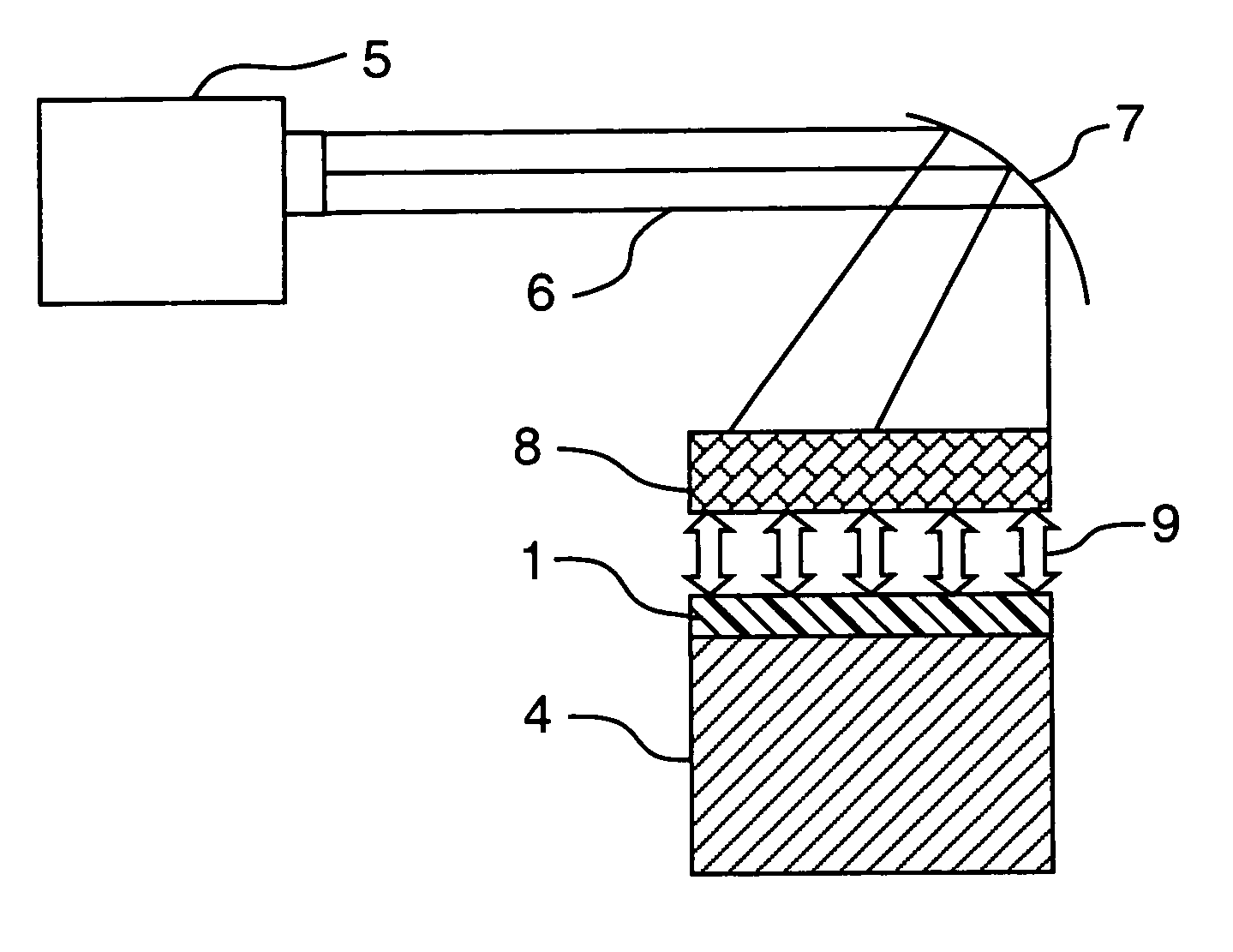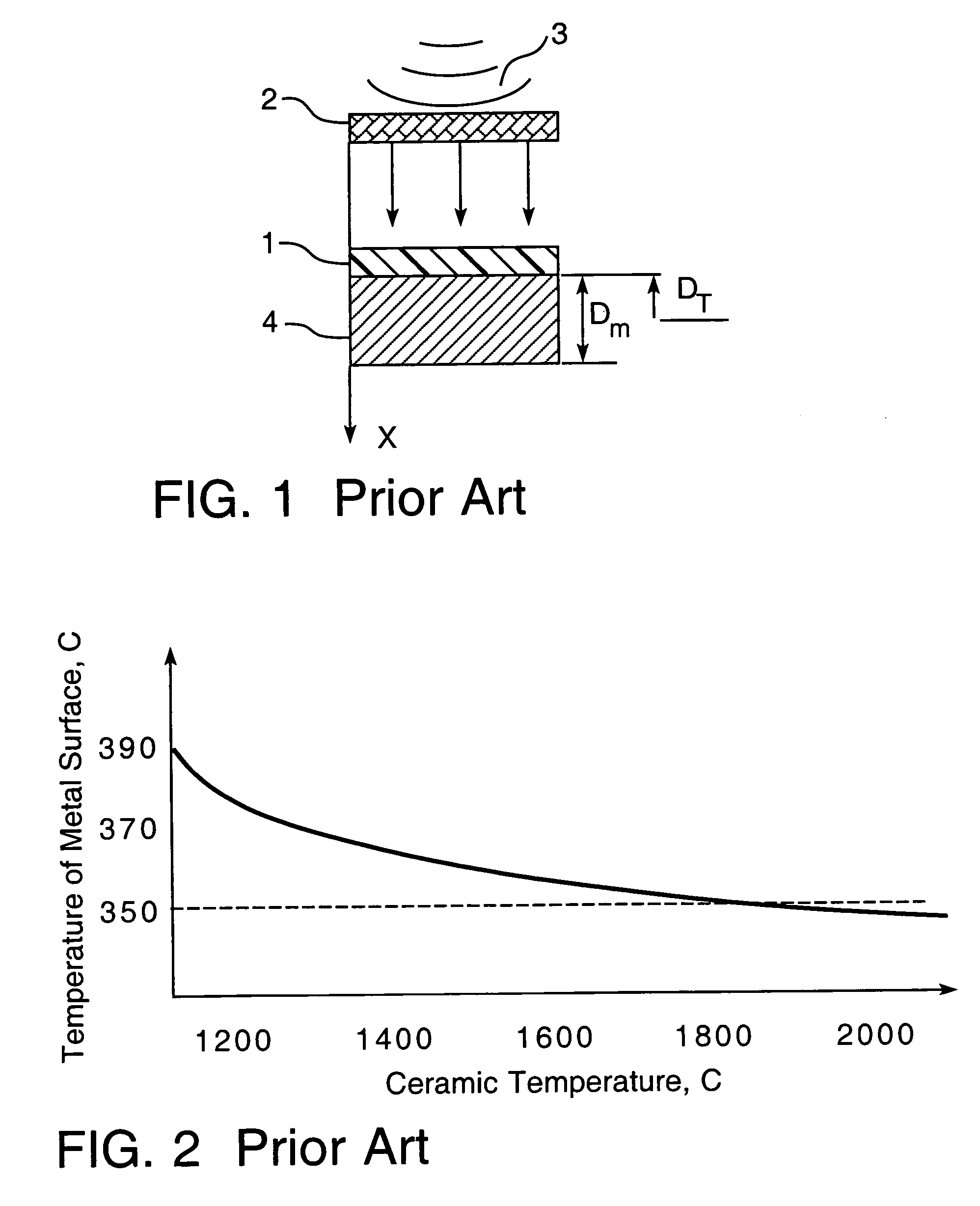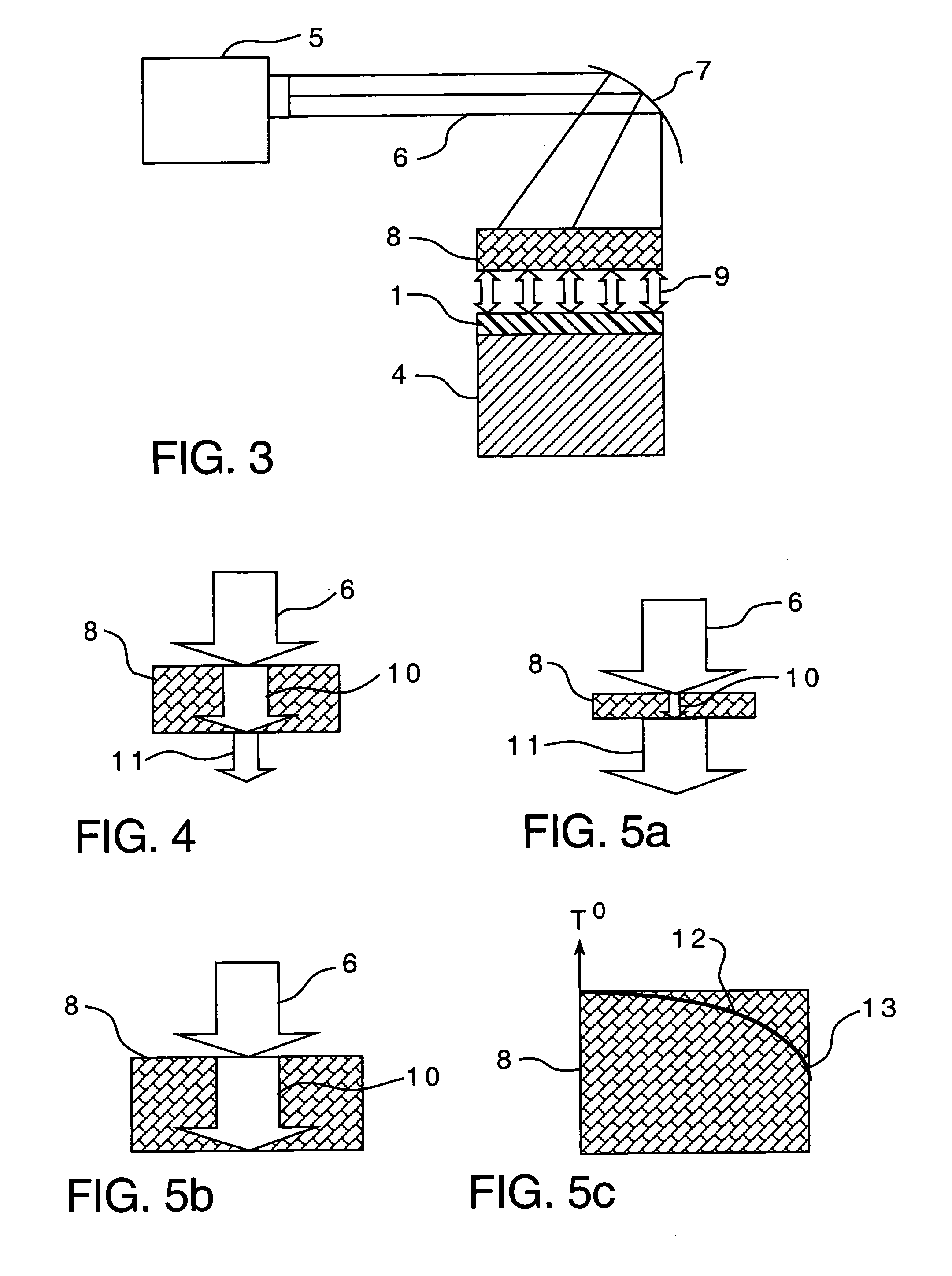Method of heat treating coatings by using microwave
a microwave and heat treatment technology, applied in the direction of energy-based chemical/physical/physicochemical processes, nuclear engineering, transportation and packaging, etc., can solve the problems of reduced item quality, low energy efficiency, long processing time, etc., and achieve the highest quality of processed coatings and low manufacturing and capital costs.
- Summary
- Abstract
- Description
- Claims
- Application Information
AI Technical Summary
Benefits of technology
Problems solved by technology
Method used
Image
Examples
Embodiment Construction
[0036] This invention relates to a high-temperature rapid thermal treatment, with the assistance of microwave, of any type of thin non-metal coating, mainly on metallic item surfaces, preferably sintering of polymer coatings without significant heating of the metal parts to avoid degradation and / or oxidation. Items that may be thermally treated by the inventive method include shaving and surgical blades, knifes, machine parts with protective coatings, and the like. This method can be also used for sintering coatings on non-metallic substrates, and for heat treatment of metal and non-metal surfaces as well.
[0037] In the invention, ceramic 8 (see FIG. 3) is placed close to coating 1 and is heated by microwave beam 6. Conduction and radiant heat fluxes 9 emanate from the ceramic heat the coating layer 1 of the metallic item 4.
[0038] The microwave beam is generated by a special generator 5 which is a gyrotron that is able to emit concentrated high frequency and high power density micr...
PUM
| Property | Measurement | Unit |
|---|---|---|
| Thickness | aaaaa | aaaaa |
| Electric charge | aaaaa | aaaaa |
| Frequency | aaaaa | aaaaa |
Abstract
Description
Claims
Application Information
 Login to View More
Login to View More - R&D
- Intellectual Property
- Life Sciences
- Materials
- Tech Scout
- Unparalleled Data Quality
- Higher Quality Content
- 60% Fewer Hallucinations
Browse by: Latest US Patents, China's latest patents, Technical Efficacy Thesaurus, Application Domain, Technology Topic, Popular Technical Reports.
© 2025 PatSnap. All rights reserved.Legal|Privacy policy|Modern Slavery Act Transparency Statement|Sitemap|About US| Contact US: help@patsnap.com



